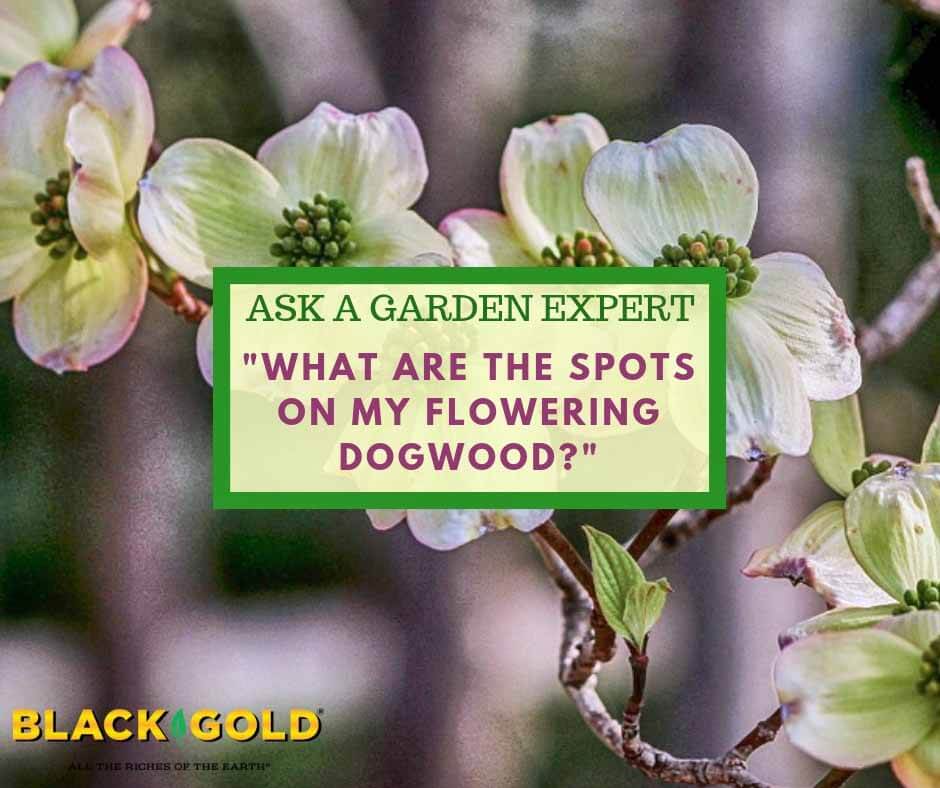
“What are the spots on my dogwood tree leaves, and how can I prevent them? They come back every year.” Question from Jennifer of Ramsey, Indiana.
Answer: If you see no stem or branch dieback on your flowering dogwood, then it is likely suffering from spot anthracnose (Elsinoe corni), a fungal disease that is unattractive but NOT deadly, unlike dogwood anthracnose. Another possibility is Septoria leaf spot (Septoria cornicola). Spot anthracnose is a more common spot disease of dogwood, so this is likely what your tree is suffering from.
Spot Anthracnose Symptoms
The main symptom of spot anthracnose is lots of tiny spots on the leaves with dark purple borders. The flowers can also develop little brown spots. White-flowered dogwoods tend to get the disease more severely than pink-flowered varieties. This disease is most problematic when springs are extra cool and wet.
Septoria leaf spot produces larger purple spots that are more angular than round. It is also most problematic in cool wet weather. If this is what you believe you have, manage it as you would spot anthracnose.
Managing Dogwood Spot Anthracnose
This is a difficult disease to manage on large trees, but there are several measures that can help. First, the disease overwinters on infected leaves, so clean up all of your dogwoods leaves well in the fall. This is not a foolproof measure because the disease can also overwinter on fruits and buds, but it will reduce the amount of disease-causing material. In early spring, just as the flower buds begin to break and the leaves unfurl, spray your trees with a fungicide every week to two weeks throughout the early part of the growing season. This will reduce and help control its onset. Liquid copper fungicides and neem oil are two options approved for organic gardening that are reported to work.
If you are game to plant a new tree, there are also quite a few flowering dogwoods that are resistant to fungal spot diseases. These include the double-flowered dogwood ‘Plena’, the heavy flowering and disease-resistant ‘Cherokee Princess’, the deep-pink-flowered ‘Cherokee Chief’, and the hybrid Stellar Pink®, which has large, pale pink flowers.
I hope that these tips help!
Jessie Keith
Black Gold Horticulturist

